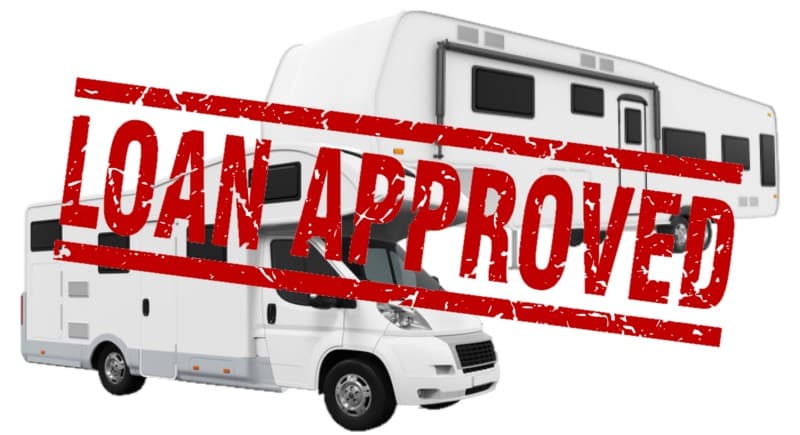
How RV Loans Work
Buying a recreational vehicle is a major purchase; even a used RV can be expensive. New recreational vehicles usually cost anywhere from $15,000 for a new travel trailer to a six-figure price tag for a luxury motorhome. While a few RV owners have the money to buy their RVs in cash, many must use an RV loan in order to buy their RV.
While an RV, especially a motorhome, is much more expensive than a car, RV loans are similar to a car loan. A bank or a loan company loans you the money, and you pay back the money over time, plus interest. You will need to sign an agreement with the lender concerning the specifics of the loan, such as the loan term (the amount of time you have to pay back the loan) the APR (annual percentage rate) and how much your monthly payments will be. Before you decide on a lender, shop around to get the best deal. Different lenders can offer lower interest rates and better loan terms.
Most loans for recreational vehicles are secured loans, which means your RV is used as collateral. That means, for the lifetime of the loan, if you stop making your payments, the lender can repossess your RV.
Typical RV Loan Terms
Since RVs usually cost more than a car, the loan terms for an RV tend to be longer. But it depends on how much you’re borrowing, and your agreed-upon monthly payments.
An RV loan of $10,000 to $25,000 could have loan terms of only two or three years if you agree to higher payments. However, many RV loans have terms of 10 years, and quite a few lenders have loan terms up to 20 years for loans over a certain amount.
How much will an RV loan cost?
As with a car loan, the overall cost of an RV loan will depend on factors such as your down payment and the principal. Likewise, your loan offers will also depend on your credit score.
A lower annual percentage rate isn’t always the best deal since a longer loan term with a lower APR can cost you more in the end than a short term loan with a higher APR. However, a shorter-term loan also means higher monthly payments. You need to weigh the pros and cons of each loan offer before you commit.
You also need to remember that unlike buying a house, an RV will depreciate in value pretty quickly. If you need to sell or trade-in your RV before the loan is paid it off, you could still owe more than the RV is worth. If that is the case, selling the RV won’t make enough money to pay off the remaining loan amount.
Where to Get an RV Loan?
Most RV dealerships have staff that works with a variety of lending institutions that can help you. This is usually the quickest and most efficient option. Likewise, you can get a vehicle loan from a bank or a credit union, or get a personal loan.
Keep in mind, most lenders will not do a loan for a recreational vehicle that’s older than 10 years. Likewise, you probably won’t be able to refinance an RV that’s 10-plus years old.
Related Video:

